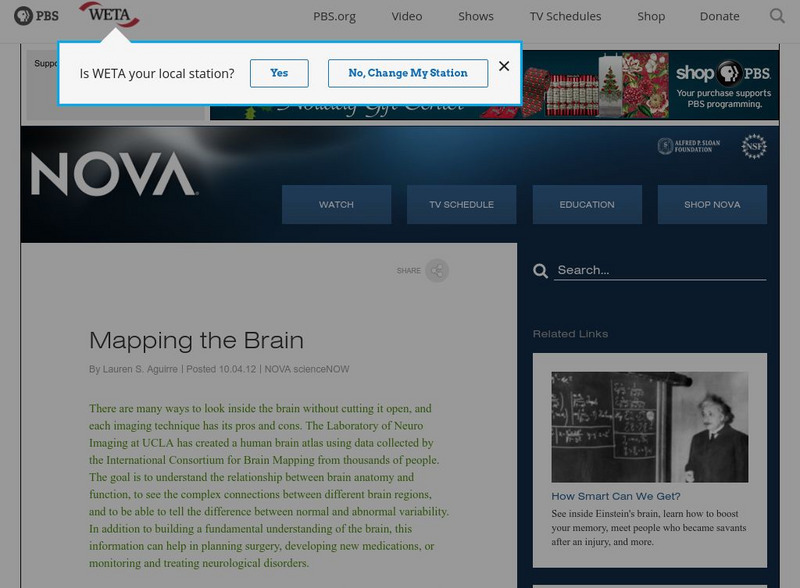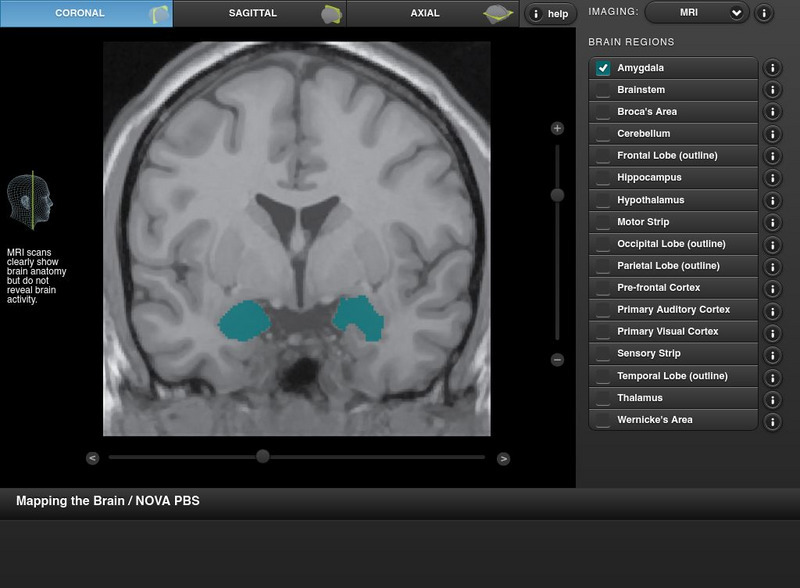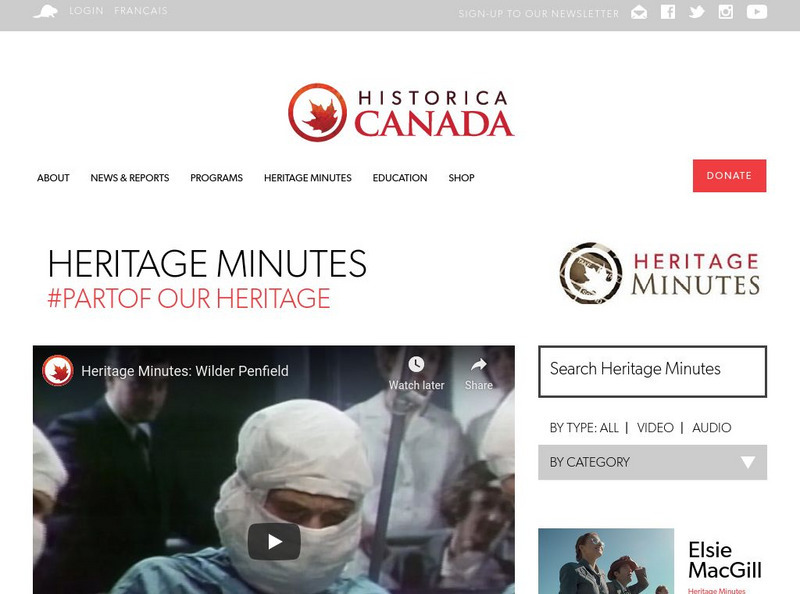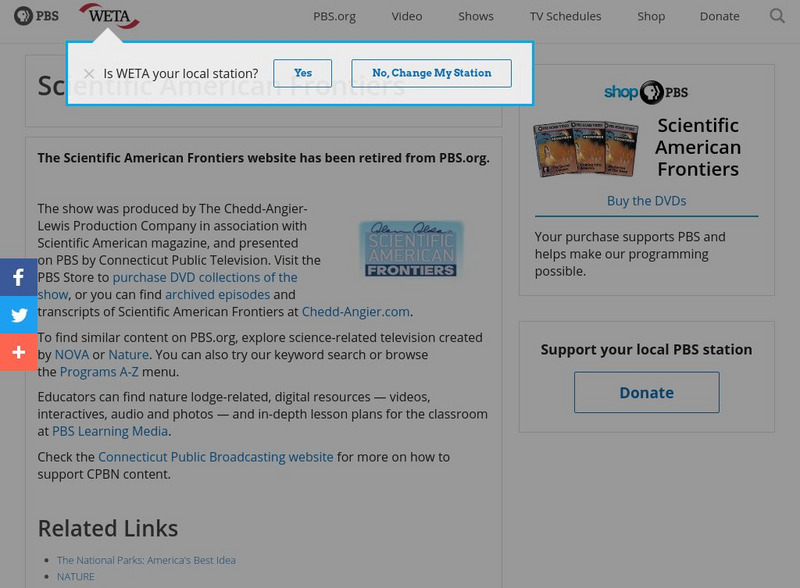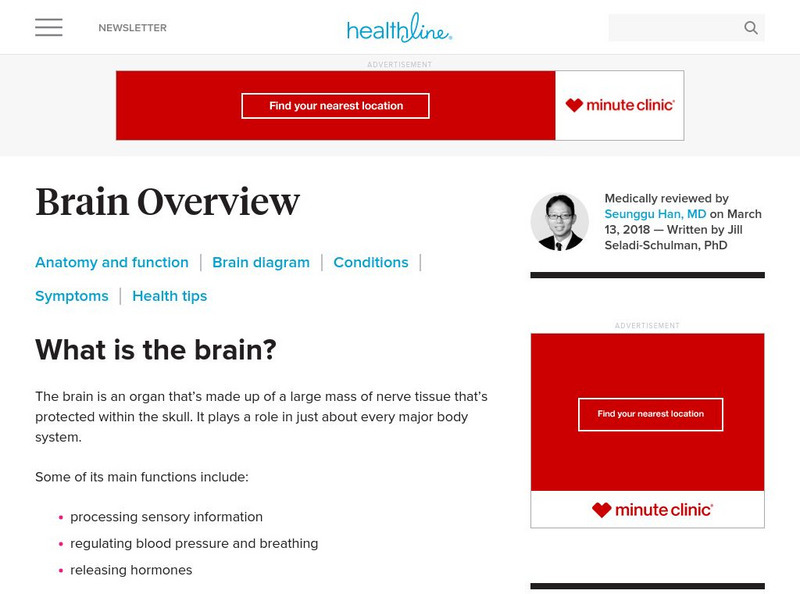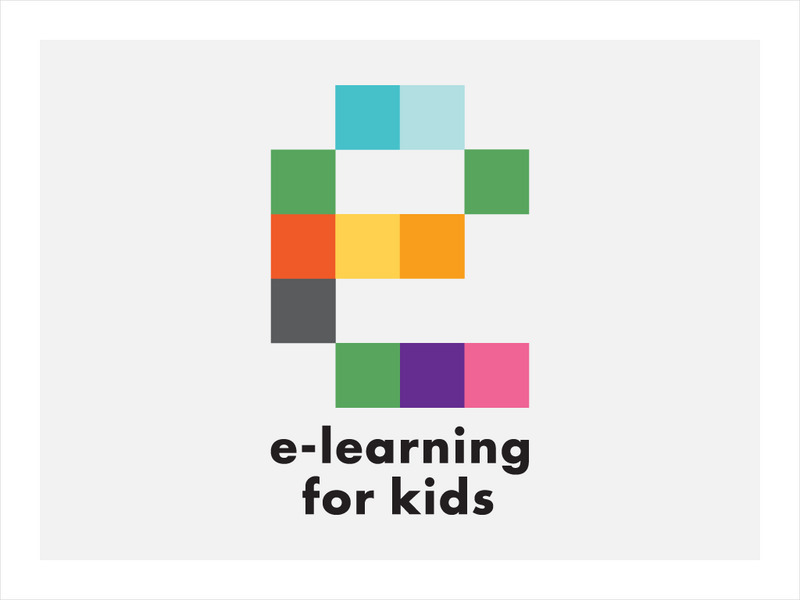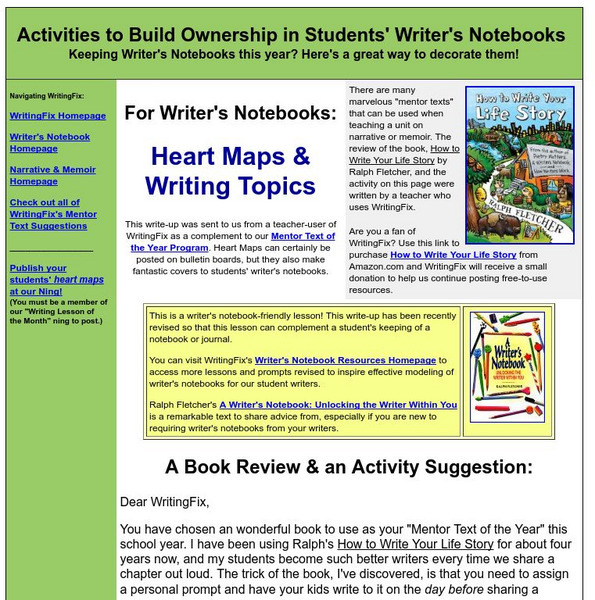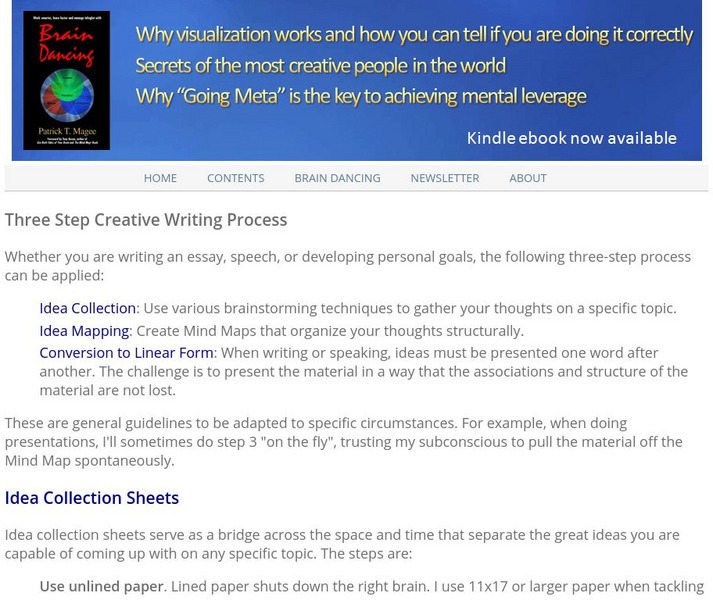Curated OER
Famous People With Dyslexia
Students map out a plan of how schools could become more dyslexic friendly. Students create a portfolio on famous people who have overcome dyslexia and developed their talents.
Curated OER
A Growing Vocabulary
Students discover the meaning of the word genealogy as it appears in the context of reading. They continue finding new vocabulary words and entering them in their personal dictionaries.
Curated OER
Anansi Goes to Lunch
Second graders read the story Anansi Goes to Lunch and complete language arts activities connected to the story. In this language arts lesson plan, 2nd graders complete activities including discussion, reading, writing, drawing, and role...
Curated OER
Creating a Database: Africa, Technology, Social Studies
Students use technology to create a database demonstrating their knowlede (in the case) of the African Continent. This project could be applied to almost any other concept studied.
Curated OER
International Institute of Archaeology an Anthropology
Students research early humans and their cultures. They conduct Internet research, discuss their findings with their group, evaluate the information provided by artifacts, and create a report to present to a simulated archaeology institute.
Curated OER
Exploring Plate Tectonics
In this plate tectonics worksheet, students complete 8 fill in the blank questions on plate boundaries, 9 short answer questions on the Earth's crust and 5 fill in the blank on continental drift. There are 3 follow questions at the end.
Curated OER
My Life as a Loggerhead
Students discuss the current flow of the Gulf Stream and the characteristics of the Sargasso Sea. They visit websites to gather information on loggerhead sea turtles. Students imagine that they are newly hatched loggerhead turtles.
Curated OER
Will It Rain Today or Tomorrow?
Students examine how to forecast weather. They examine the different types of weather and learn the correct vocabulary.
Curated OER
"Let's Make Some Money"
Students complete a project about economics, supply, and advertising. In this advertising lesson plan, students discuss how money is made, entrepreneurs, and advertising. They make their own business with toys to sell to Kindergartners.
Curated OER
My Water's Place in Space
Students discover their absolute and relative place in space relative to water and create a book sequencing that space from most specific to most general.
Curated OER
Discovering Demographics
Students analyze demographic data including a statistical overview of India. Students synthesize their findings and create an informational poster about India.
PBS
Pbs: Nova: Mapping the Brain
Learn about new techniques for mapping the brain and how these new techniques can help researchers build a better undersanding of the brain.
PBS
Pbs: Nova: Mapping the Brain
An image of an MRI scan illustrating the anatomy of the brain. Click on the regions to identify them on the image. To find out what each region is, click on the "i."
PBS
Pbs: Secrets of the Mind: Probe the Brain
Curious about how our brain works? Canadian Dr. Penfield was the first to map the cortex of the brain. Use this interactive site to recreate the exploration of the brain.
Historica Canada
Historica Canada: Heritage Minutes: Dr. Wilder Penfield
Part of a series, this resource profiles Dr. Wilder Penfield, a doctor who mapped the brain, and discovered the location of memory, forgotten emotions, and dreams. Includes a brief video and learning resources.
Other
Dana Sourcebook of Brain Science: It's Mindboggling!
Look through this online pamphlet to find brain exercises as well as explanations of how the brain works. Very complete and fun to read.
PBS
Pbs Teachers: Scientific American: Make Up Your Mind: Mind Mapping
Investigate the pseudoscience of phrenology and its attempt to organize and assign different purposes to different parts of the brain. Create a phrenology chart on a bathing cap and compare it to modern understanding of brain function...
PBS
Pbs Teachers: Scientific American: New Research Into Dyslexia
Research the array of sophisticated technologies scientists use to look closely at the brain. Diagram the major lobes of the brain and explore the functions of the frontal lobe to learn about how dyslexic individuals process information.
Other
Healthline: Three Dimensional Body Map: Nervous System
Rotatable view of the nervous system lets you examine the anatomy of the brain in 360 degrees.
University of Minnesota
Univerity of Minnesota: Global Rem: Brain Drain: Healthcare Workers
This resource uses a map and newspaper articles to provide a broad overview of the contemporary 'brain drain' of healthcare workers. Its goal is to further understand the dynamics of contemporary migrations of healthcare workers and to...
E-learning for Kids
E Learning for Kids: Cayman Islands: Turtle Beach: What Controls Our Body?
This lesson explains how the five senses work together with the nervous system and the brain to give us essential information about the world around us.
Writing Fix
Writing Fix: For Writer's Notebook: Heart Maps and Writing Topics
A heart map is a visual representation of a student's heart, displaying topics that "live" there; these topics are ones the student would show passion about and interest towards when writing about them. In writer's workshop young...
Other
Brain dance.com: Three Step Creative Writing Process
This process seems very involved, but there are good ideas for getting started on your creative writing if you're stuck at the brainstorming stage.
PBS
Pbs Teachers: Scientific American: Don't Forget! Memory Tests 9 12
Explore scientific research that says continued brain activity may delay or slow the loss of memory function. Investigate and practice different techniques to increase recall.











